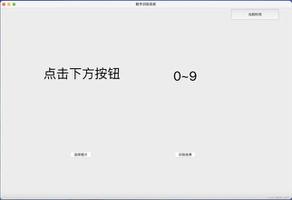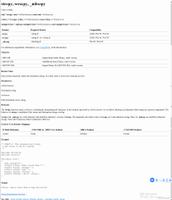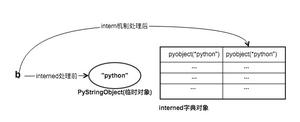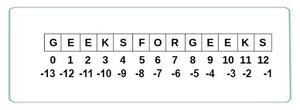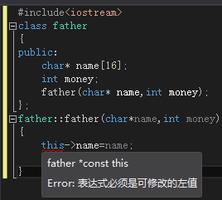从python中的字符串中删除控制字符
我目前有以下代码
def removeControlCharacters(line): i = 0
for c in line:
if (c < chr(32)):
line = line[:i - 1] + line[i+1:]
i += 1
return line
如果要删除多个字符,这是行不通的。
回答:
Unicode中有 数百个
控制字符。如果您要清理来自Web或其他可能包含非ASCII字符的其他来源的数据,则需要Python的unicodedata模块。该unicodedata.category(…)函数返回任何字符的unicode类别代码(例如,控制字符,空格,字母等)。对于控制字符,类别始终以“
C”开头。
此代码段从字符串中删除所有控制字符。
import unicodedatadef remove_control_characters(s):
return "".join(ch for ch in s if unicodedata.category(ch)[0]!="C")
unicode类别的示例:
>>> from unicodedata import category>>> category('\r') # carriage return --> Cc : control character
'Cc'
>>> category('\0') # null character ---> Cc : control character
'Cc'
>>> category('\t') # tab --------------> Cc : control character
'Cc'
>>> category(' ') # space ------------> Zs : separator, space
'Zs'
>>> category(u'\u200A') # hair space -------> Zs : separator, space
'Zs'
>>> category(u'\u200b') # zero width space -> Cf : control character, formatting
'Cf'
>>> category('A') # letter "A" -------> Lu : letter, uppercase
'Lu'
>>> category(u'\u4e21') # 両 ---------------> Lo : letter, other
'Lo'
>>> category(',') # comma -----------> Po : punctuation
'Po'
>>>
以上是 从python中的字符串中删除控制字符 的全部内容, 来源链接: utcz.com/qa/406582.html

